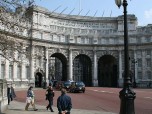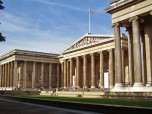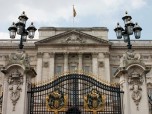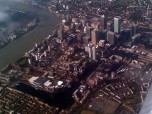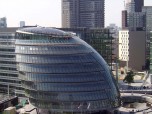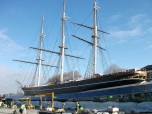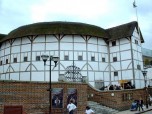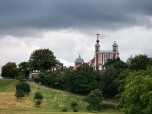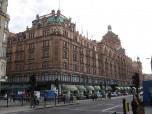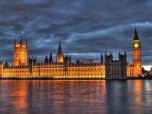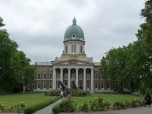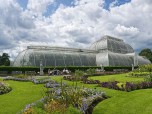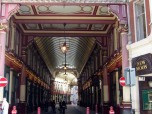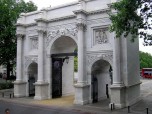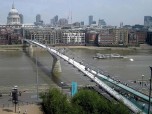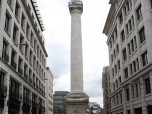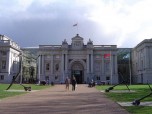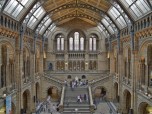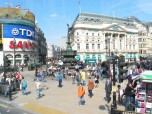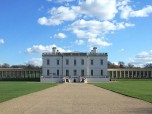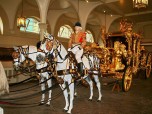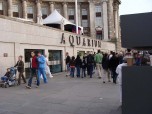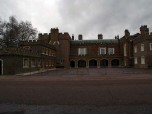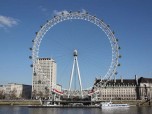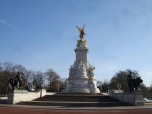London is one of the oldest cities in the world that is still growing and thriving. With roots that predate the 11th century, and a history that is rich in legend, mystique, and the fine arts, there are a number of sites in this fascinating city that should not be missed by visiting tourists and travelers. One of these sights is the Globe Theater, with a rich Shakespearean legacy and an unusual history that, when told, unfolds in a similar fashion as one of Shakespeare’s best plays. The story is one of perseverance in the pursuit and preservation of the fine arts.
From The Theatre to The Globe
This theater’s structure was comprised of building materials from another theatre, aptly named “The Theatre.” The building was constructed by members of William Shakespeare’s original theatre troupe, Lord Chamberlain’s Men. The land upon which the theatre was situated was leased from a man named Giles Allen. According to legend, Allen despised the theatre and everything associated with it. As the expiration date for the lease approached, Allen claimed ownership of the building of The Theatre by virtue of the fact that it was situated upon land that he owned. He further made no attempt to hide his plans to completely dismantle the building upon termination of the lease.
Apparently, Allen underestimated the determination of the players and other associates of The Theatre. In December of 1598, he traveled to his country home to celebrate Christmas. During this time The Theatre building was meticulously dismantled by carpenters commissioned by the players, and the materials transported to another location near the Thames River.
Reportedly, Giles Allen was infuriated by the action, but powerless to do anything about it. Construction on the new theatre, The Globe Theatre, then commenced. The Globe was built using the materials from The Theatre. Completed in 1599, performances commenced shortly thereafter.
A Cultural Hub
The Globe Theatre soon grew to be a London icon. In addition to the oversized amphitheater, The Globe Theatre also included art galleries, and markets that included foods grown on English farms. During this time, The Globe could be compared to a modern-day shopping center, where people congregate, shop, or go to a movie. In this era, the “movie” was a live performance of a play. In fact, just as modern day movies post billboards or marquees, The Globe advertised by means of a flag flown at the top of the building. A black-colored flag indicated that the play would be a tragedy, a red flag indicated a historical performance and a white flag meant that a comedy was currently being performed.
The realism of the performances went slightly over the top when, in 1613, the firing of a cannon during the performance of Henry VIII resulted in the beginning of a fire that completely destroyed The Globe Theatre. The next year, it was rebuilt, only to be torn down by the Puritans shortly thereafter.
A New Beginning
In 1997, approximately 750 feet from the site where The Globe was situated, a reproduction of the structure was built and named “Shakespeare’s Globe.” The theater is still hosting performances today. Great care was taken to fashion the building as a likeness of its predecessor and many believe it to be an impressive imitation.
Present Day
Today The Globe Theatre is still a major attraction for London residents as well as visitors. The nearby Bear Garden Museum, as well as the theatre itself will make the visitor feel as though he or she has been transported back in time to the Elizabethan Period. In fact, The Globe is the perfect starting point for those who wish to experience any number of Elizabethan theatres that are found in various locations throughout London.


